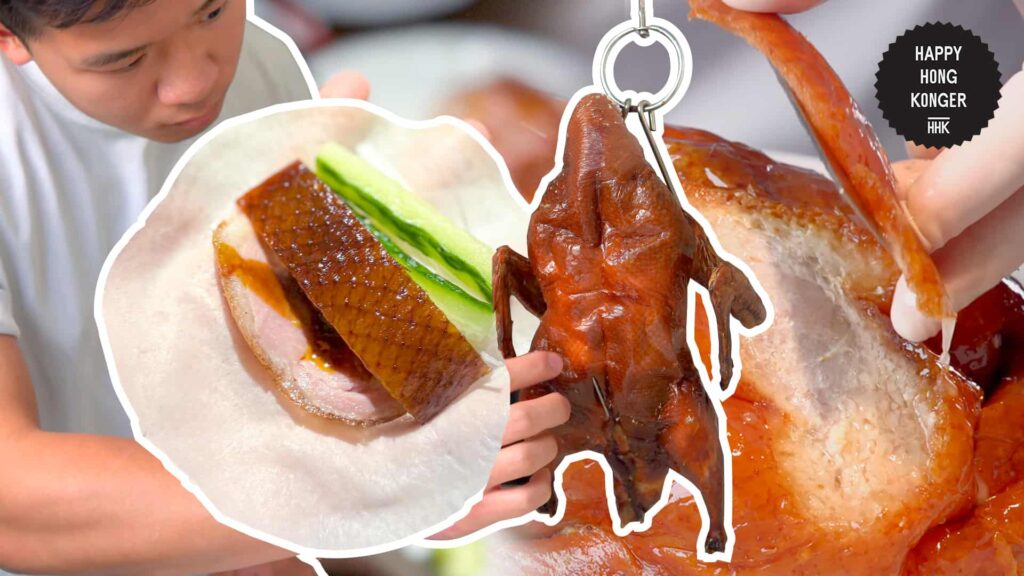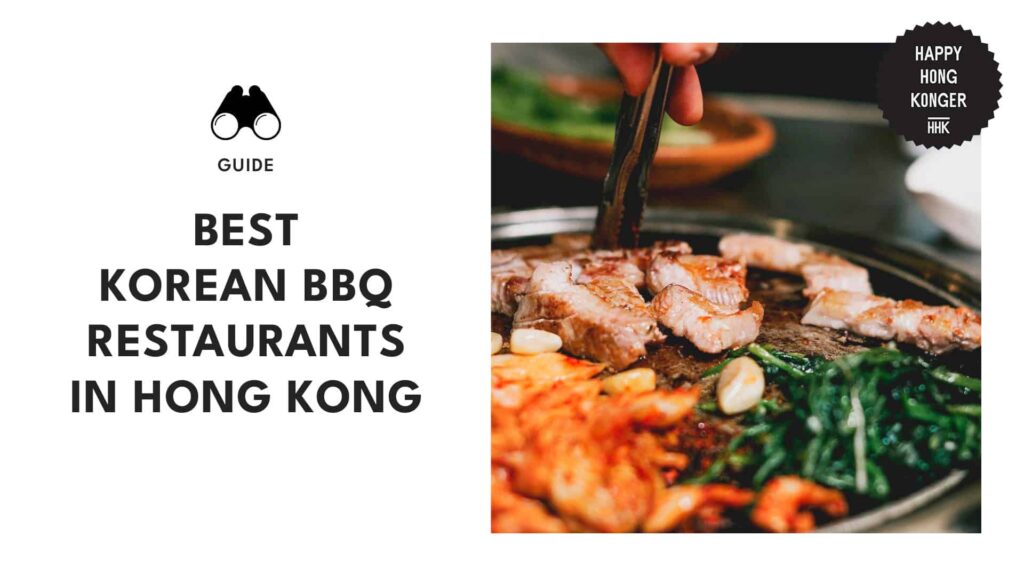Categories > Guides and Tips

Peking Duck vs. Cantonese Roast Duck: What’s the Difference?
When chicken just won’t cut it, the richer and more savory taste of duck meat takes the spotlight in Chinese cuisine. For centuries, ducks have thrived in the wetland regions, so they’re a convenient protein source used as a staple ingredient for various dishes. In fact, you’ll find a lot of these dishes served right here in our city!
There are actually almost too many delicious duck delights that reign supreme in Hong Kong, considering the different ways this tasty fowl can be served. However, there are two closely related duck dishes that often get mixed up – Peking Duck and Cantonese Roast Duck.
Are you confused about them too? Don’t worry. We’ll discuss and differentiate each for you!
Peking Duck vs. Cantonese Roast Duck
We’re all in for the delicious duck dishes, no matter the season. But first, let’s go over the distinct culinary differences between Peking Duck and Cantonese Roast Duck.
| Duck Dishes | Distinct Characteristics | Distinct Preparation Process |
| Peking Duck | • Originated in Beijing • Thin and crispy golden brown skin • Peking ducks are not stuffed with herbs or spices | • Internal organs are removed through a cut under the duck’s wings • Inflated with air to separate the skin from the flesh • Traditionally roasted in closed ovens • Elaborately carved before served in two or three courses |
| Cantonese Roast Duck | • Originated in Hong Kong and Guangdong Province • Cantonese roast ducks are stuffed with aromatics and Chinese herbs and spices • Roasted skin and flavorful meat | • Internal organs are removed through the abdominal cavity • Hot oil is poured over the duck before it’s served • Cooked over a rotisserie spit or an open-fire |
All You Need to Know About Peking Duck

Origin and History of Peking Duck
Peking Duck is a true icon of Chinese cuisine, especially in Beijing. The roots of this delectable duck dish trace all the way back to the early 14th century or approximately around the Yuan Dynasty.
Around this period, the recipe for Peking Duck began to gain recognition in the esteemed kitchens of the imperial palace, a place reserved for the most skilled chefs during that time.
And there’s more! Peking Duck gained so much popularity inside the palace that the official dietitian of the emperor and the entire royal court (Hu Sihui), included its recipe in his influential book – Yinshan Zhengyao (Important Principles of Food and Drink). Recipes inside this book are considered top culinary secrets exclusively reserved for the crème de la crème of royalty.
When the Ming Dynasty prevailed, the recipe became more popular, and the dish was officially named Peking Duck. Nevertheless, its association with nobility persisted, so it’s still a regular dish served on the imperial court.
The first and oldest restaurant (Bianyifang) specializing in Peking Duck was erected in Beijing. As time marched on, the Peking Duck’s popularity soared, and in the Qing Dynasty, it became renowned worldwide – a reputation that continues until now.
Preparation Process of Peking Duck
Here’s an overview of the traditional process of preparing a Peking Duck.
- Find and pluck an Imperial Pekin duck or White Beijing Duck that’s about six weeks old. Make sure that the neck and head are left intact when the duck is prepared.
- Remove the entrails through an incision under the duck’s wings and sew it shut.
- Use a pump to push air between the duck’s skin and its flesh.
- Clean the duck and skewer it with a wooden rod so you can hang it above the flame of a clay oven.
- Baste the inflated duck with a sweet marinade or maltose syrup.
- Hang the Peking Duck until it dries.
- Hang the duck inside the clay oven at a temperature of approximately 260°C (500°F) for about 30 to 40 minutes, and when it’s cooked, savor your Peking Duck delight!
All You Need to Know About Cantonese Roast Duck

Origin and History of Cantonese Roast Duck
Cantonese Roast Duck, or Siu Ngaap in Cantonese, stands out as one of the top favorites in Chinese cuisine. It’s a culinary gem that originated in Hong Kong and the Guangdong Province, and it has now become a staple dish for various special occasions like weddings and festivals.
The origin and history of Cantonese Roast Duck extend back to the Southern Song Dynasty or around the late 12th century. This duck dish originated as an exclusive delicacy for the royal court.
As time passed, its popularity burgeoned and eventually reached the tables of the common people. Cantonese Roast Duck made its debut in Hong Kong much later, around the 1940s, and then it became an instant hit to the local’s taste buds.
Until now, it’s still as popular as ever, especially in the Siu Mei (Cantonese Roasts) of Cantonese cuisine.
Preparation Process of Cantonese Roast Duck
Cantonese Roast Duck, while lacking the elaborate presentation of a Peking Duck, is prepared and served with far less ceremony, so it’s an easier recipe to follow.
However, it can still be a lot to process for total noobs in the kitchen, so we listed the step-by-step process below.
- Find any whole duck meat available and slice it in the abdomen part to remove the innards.
- Next, you need to fill the duck’s cavity with herbs and spices like ginger, spring onions, star anise, garlic, and spice powders before you sew the opening shut.
- After that, you can baste the duck with multiple layers of honey, soy sauce, or oyster sauce.
- Then, hang it for two to three hours to dry or boil it to help tighten the skin and enhance the infusion of flavors.
- You can roast the duck over an open flame until it is thoroughly cooked and reaches a golden brown hue.
- To wrap it up, quickly bathe or dip the duck in hot oil to make its skin perfectly crispy when served.





